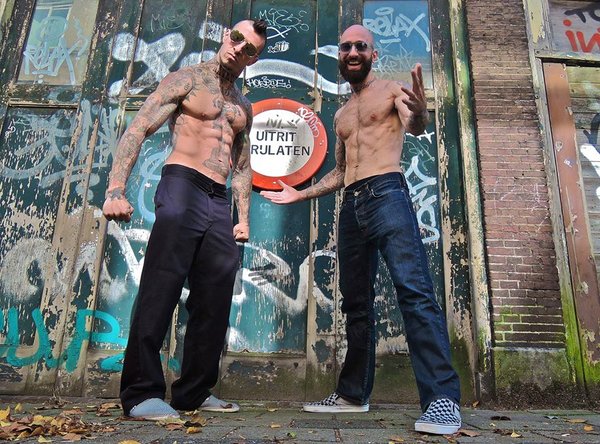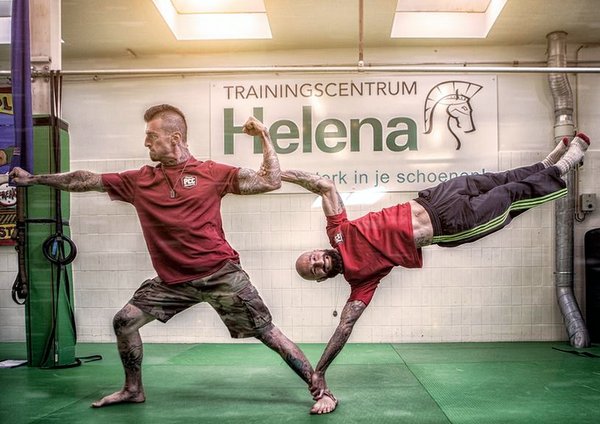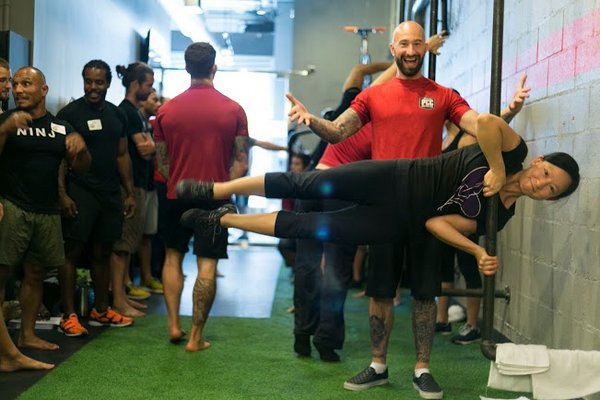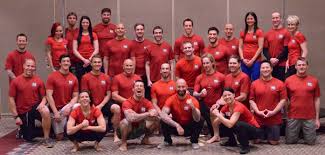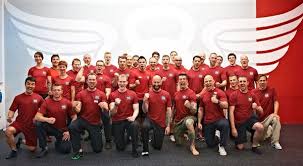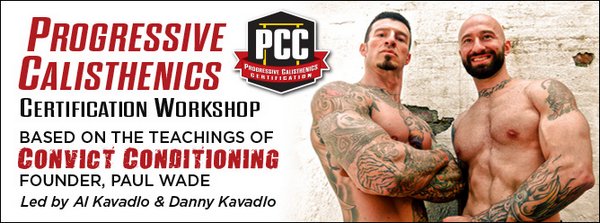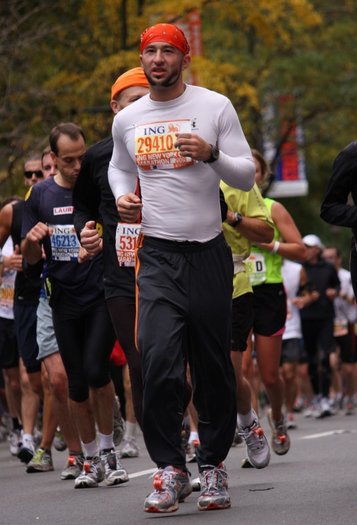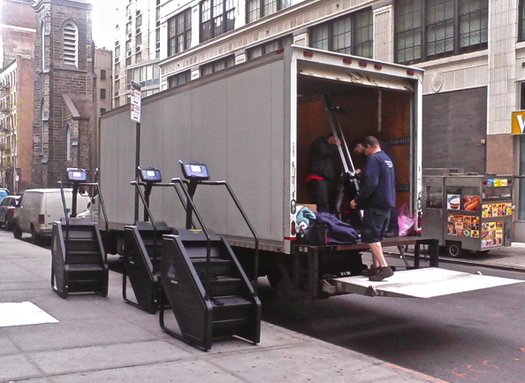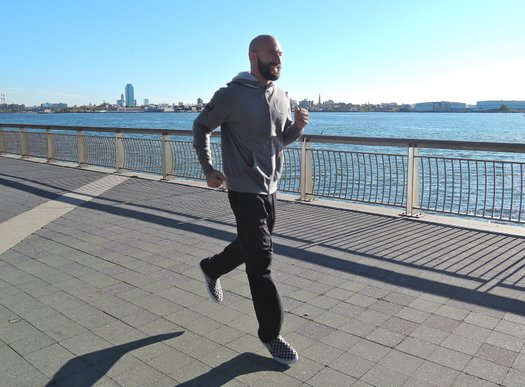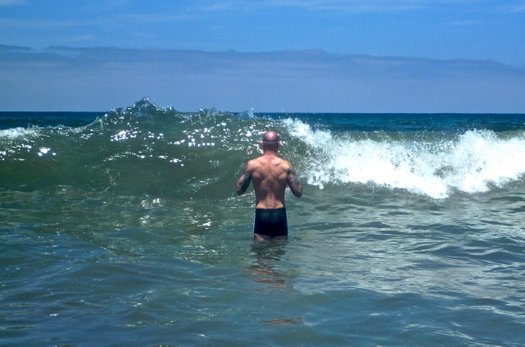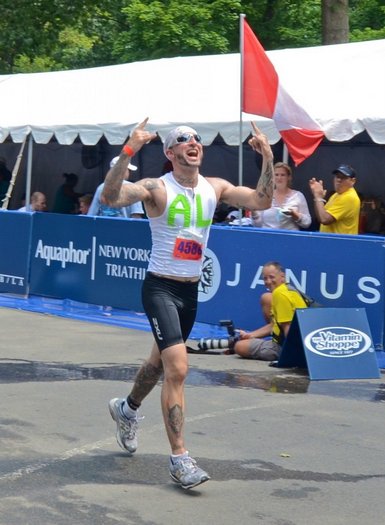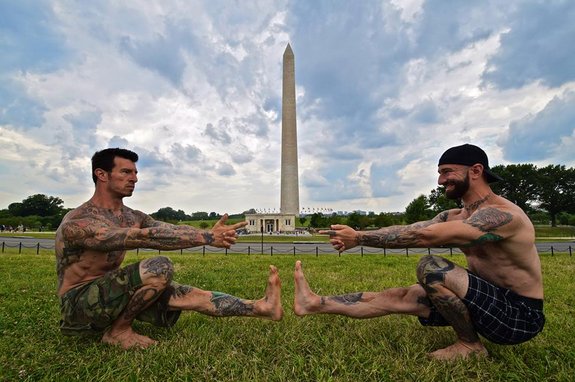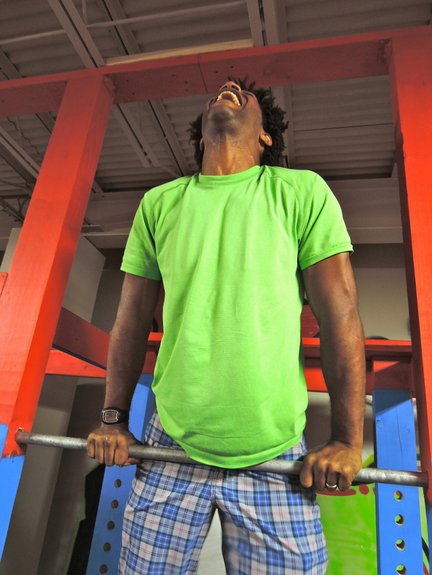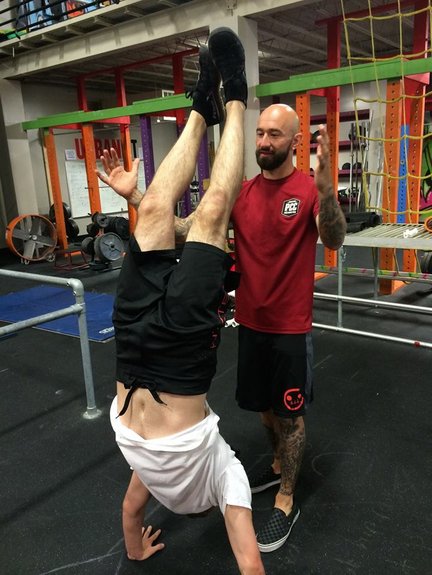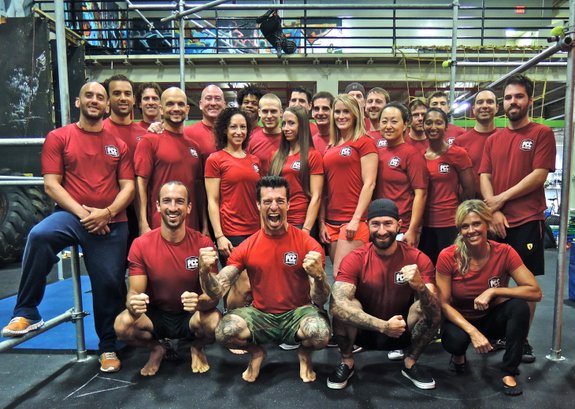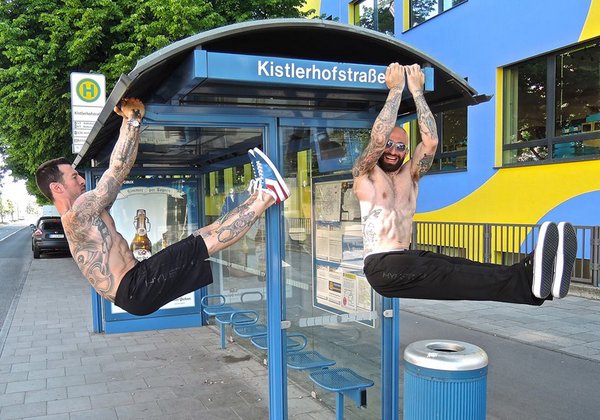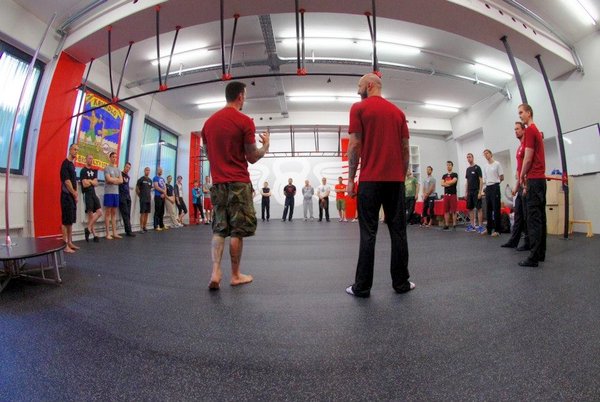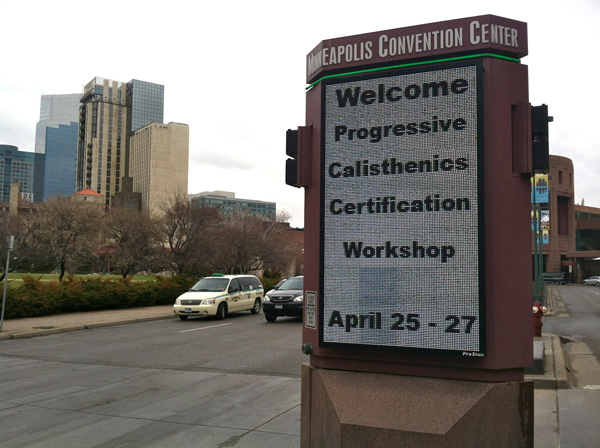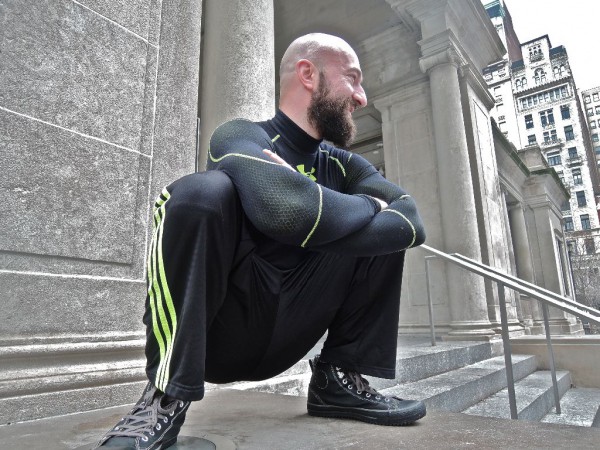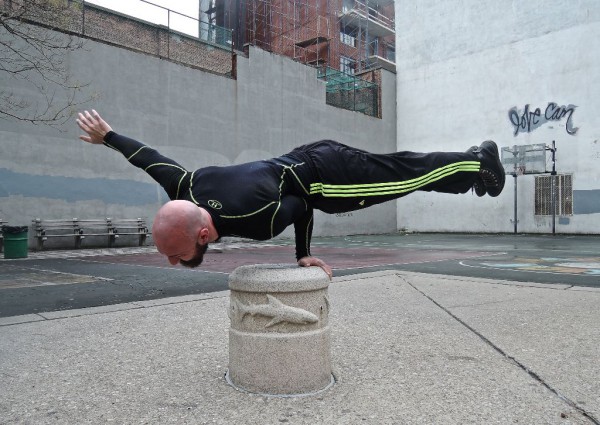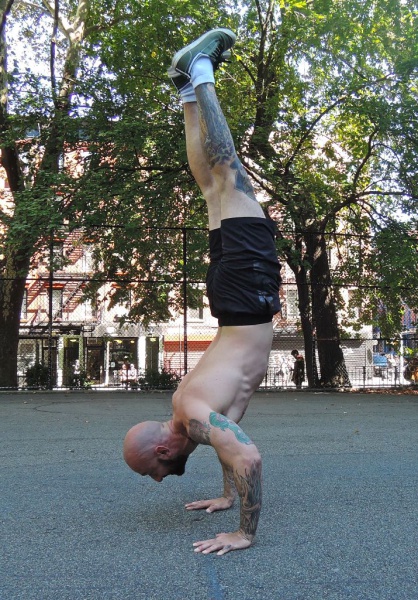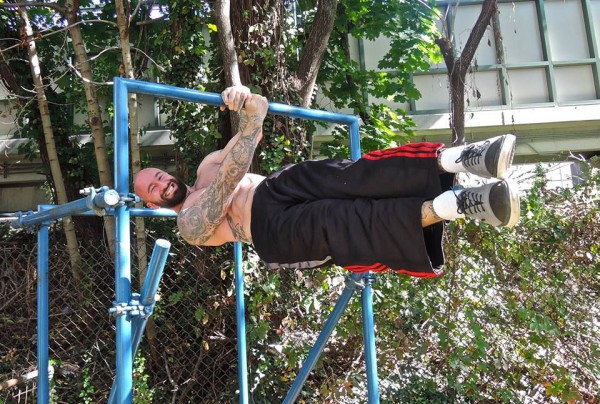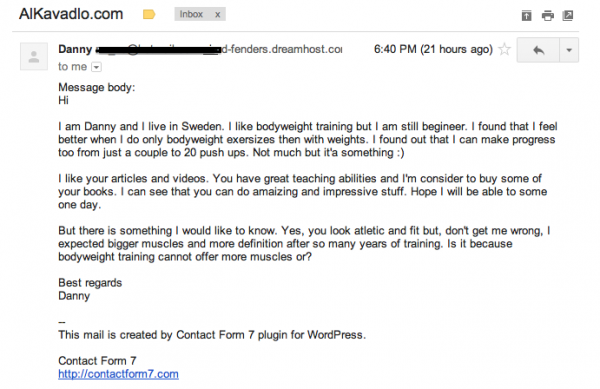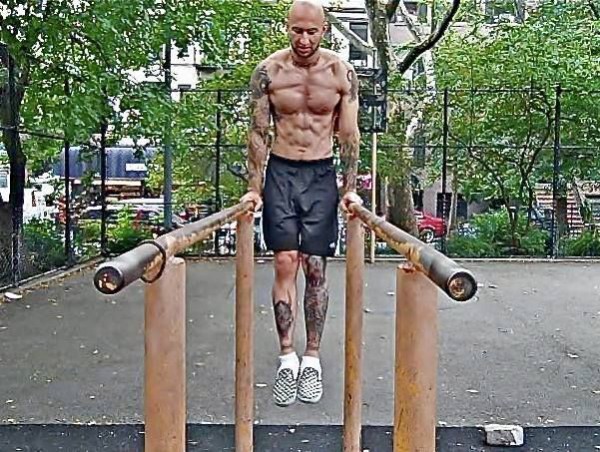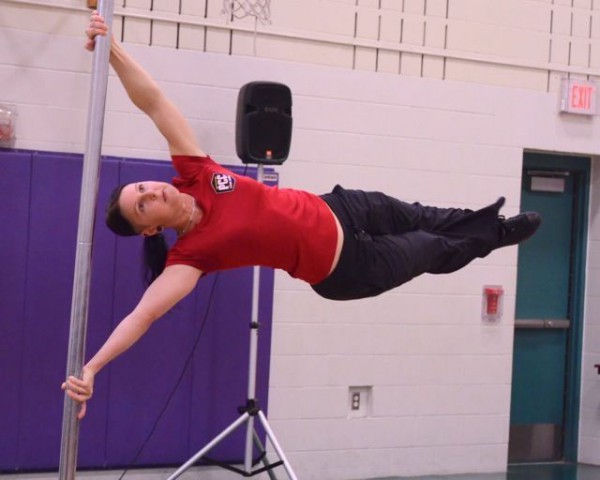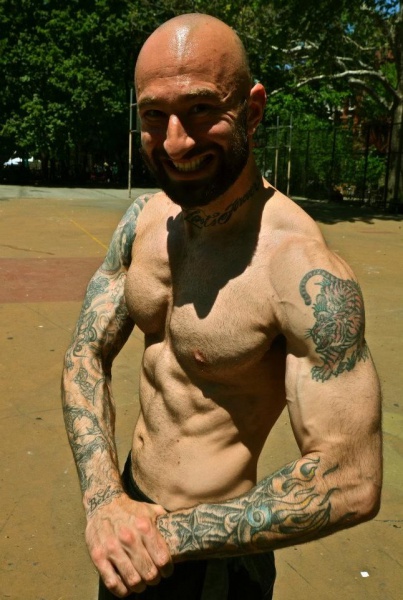
It has been said that communication is ninety percent non-verbal. Sometimes our words say one thing but our bodies tell a different story. Paying attention to your body language when you are working with your personal training or group exercise clients can cause a subtle, yet significant shift in your success as a trainer or coach. You can also get a lot of feedback from the people you train without having to get them to speak a single word if you know how to read their body language. This can be especially important when you are working with a new or prospective client.
All Hands on Deck
We often don’t realize it, but our hands and arms convey a lot to our clients. When we stand with our arms crossed, the message is “Stand back!” When it’s time for a client to get to work, this can be a good posture to take. However, if you are trying to ease someone into their session after they’ve had a stressful day at the office, an open palm gesture can be a lot friendlier and more inviting.

Conversely, watch what happens when your client crosses their arms while you are trying to tell them something they might not want to hear. There’s a good chance it means they are getting defensive, so be careful! It’s important to be frank with your clients, but if they aren’t willing to hear you out, your words will fall on deaf ears. Conversely, when your client opens their arms and shows you their hands it is a sign that they are opening up to you. Listen carefully to what they say next.
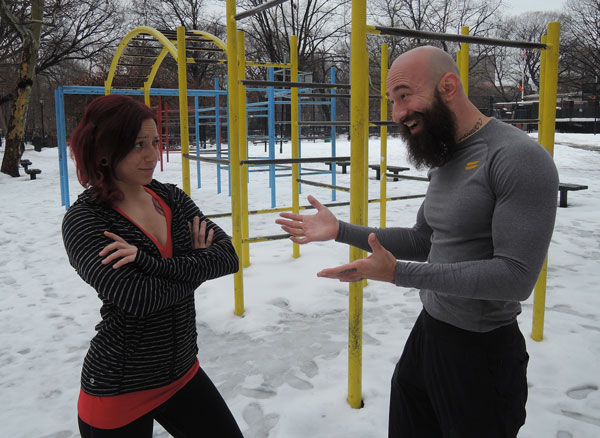
Human Touch
When a client has achieved a new move for the first time or set a personal best, it is fun and meaningful to celebrate the occasion. Whether it’s their first pull-up or their fiftieth, don’t just tell them “Good job!” – give them a fist-bump or a high-five! Physical contact is a fantastic way to strengthen your bond as trainer and client. And don’t forget to smile!
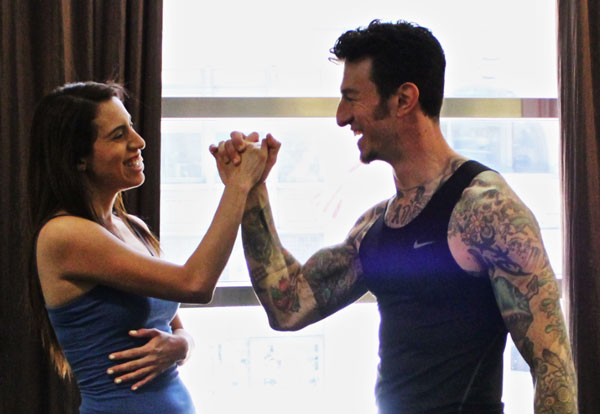
Stand Up for Yourself
Unless you’re having a client do an exercise where they are lying on their back, I recommend you stand for the duration of every training session you conduct. Even when a client is lying down or in a plank position, I prefer to squat or kneel beside them rather than sit down. Sitting sends a message that you are not taking things seriously. You need to be focused and attentive the entire time when you’re training people; as soon as you take a seat, your body starts thinking it’s time to relax. It can also appear lazy to your client and other folks who may be working out in the vicinity.
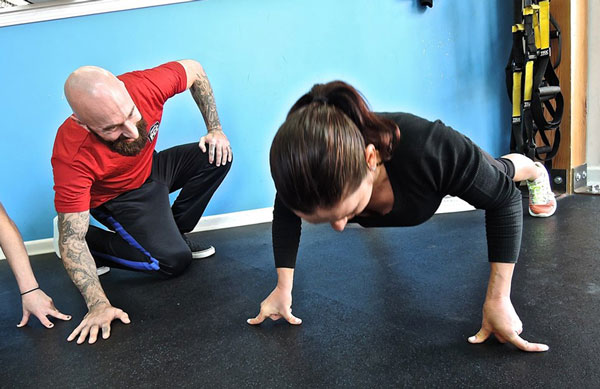
Look ‘em in the Eye, Speak from the Heart
Eye contact is the single most important part of effective communication. When you fail to look someone in the eye while speaking to them it makes you appear unconfident, which is the last trait anyone wants in their trainer. After all, they are coming to you for your expert advice! Diverting the eyes while speaking is also a hallmark of dishonesty. Maintaining eye contact helps establish trust.

Furthermore, if you are looking at a clipboard, tablet or cell phone instead of your client, you are making a huge mistake. These objects act as a barrier that can prevent you from making a better personal connection with your clients. If you need to rely on a list of exercises that you have to look at in order to know what to do during the session, you might not be ready to be a professional trainer. Put down your iPad and keep your eyes on the person who is paying for your time.
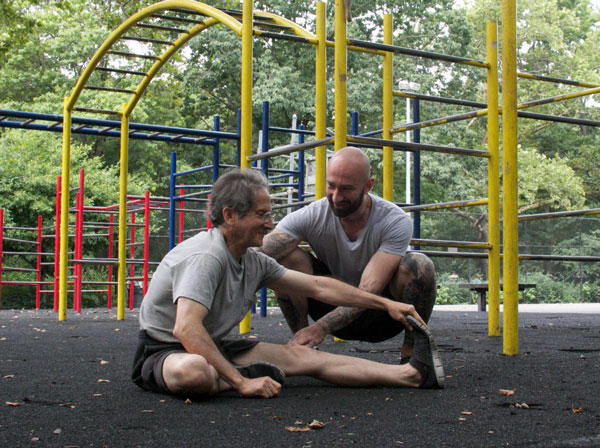
Whether you know it or not, you convey a lot to your clients with your body. While different trainers will ultimately find what works best for them, being aware of body language can make a big difference in all your interpersonal relationships. Start paying attention to what people are telling you with these subconscious signals and you will be well on your way.
***
About Al Kavadlo: Al Kavadlo is the lead instructor for Dragon Door’s Progressive Calisthenics Certification. Recognized worldwide for his amazing bodyweight feats of strength as well as his unique coaching style, Al is the author of four books, including Raising The Bar: The Definitive Guide to Pull-up Bar Calisthenics and Pushing The Limits! Total Body Strength With No Equipment. Read more about Al on his website:www.AlKavadlo.com.

